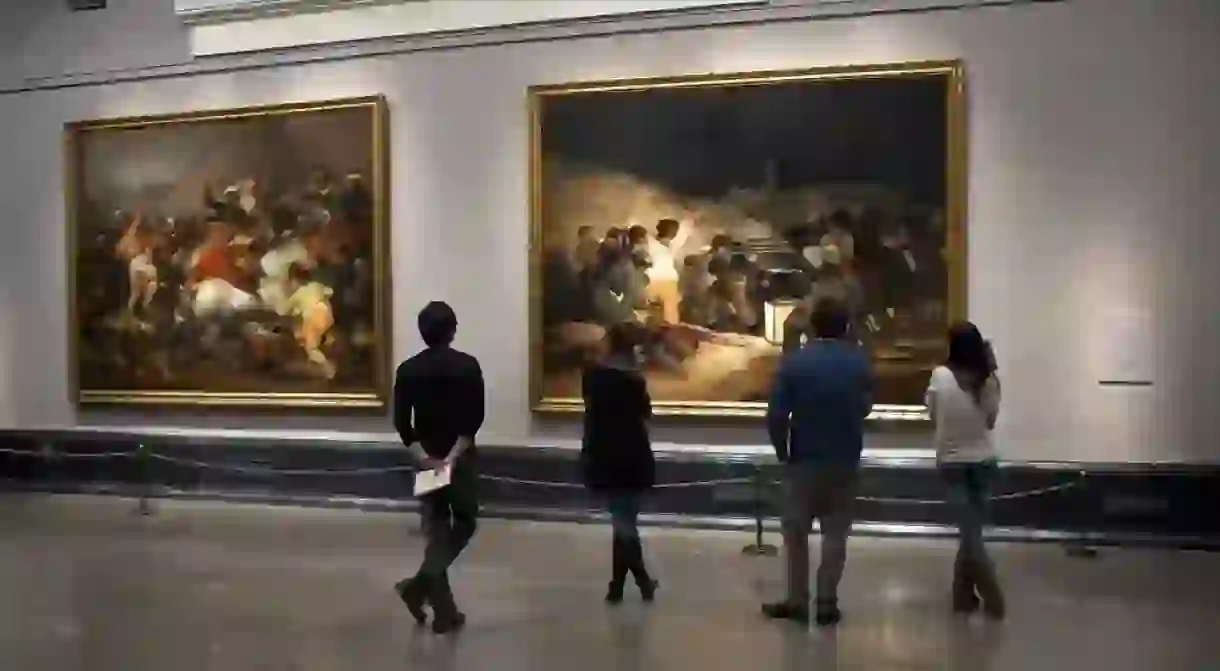An Introduction to Madrid's Romanticism Through Pictures

Romanticism (besides being when a boy gives a girl roses on Valentine’s Day) is actually a style of art and architecture, popular in the late 18th century through to the mid 19th century in Europe. Romanticism is shown through art by depicting nature, landscape and emotions versus logic or intellect. Sculptors, artists and architects weaved their emotional response towards life into their artwork. Check out some of the images below to get a feel for where to find examples of Romanticism in Madrid.

The first stop on your list for Romantic art in Madrd is an obvious one: the Museo de Romanticismo. The museum has more than 16,000 items in their permanent collection, such as paintings, drawings, sculptures, furniture, photos and decorative art.



Francisco Goya was a Spanish painter famous for his depictions and emotional renditions of the Spanish Civil War as well as many other war-related works. Here are two of his paintings – both considered to be examples of Romantic art – housed at the Museo del Prado in Madrid.


The Museo de Prado also houses a special room dedicated to paintings of children during the Romantic period. The room is called La Infancia Descubierta.


Romanticism also encompasses a period of literature in Spain. Authors such as Gustavo Adolfo Bécquer, Mariano José de Larra and José Zorrilla who wrote Don Juan Tenorio were all popular during this time period. If you’d like to browse their books, you should stop into the Biblioteca Nacional, the National Library, which houses many original volumes of Romantic literature.

Many monuments and buildings around Madrid are considered to be prime examples of Romantic architecture. This includes anything involving nature, such as fountains, animals, or Greek and Roman structures like columns. Many neo-classical buildings in Madrid also contain elements of Romanticism.
The Palacio Liria in Madrid not only showcases Romanticism through its architectural style, but also in some of the famous Goya paintings located inside the palace. The Santa Bárbara Church is also a beautiful example of neo-classical and Romantic architecture.



Some of Madrid’s most famous fountains – like the Cibeles Fountain and the Neptuno Fountain – contain elements of Romanticism.


Many statues and fountains along Madrid’s famous Paseo de Prado were also constructed in the Romantic style.














